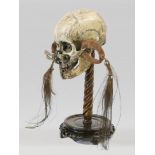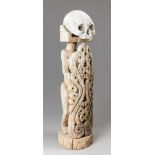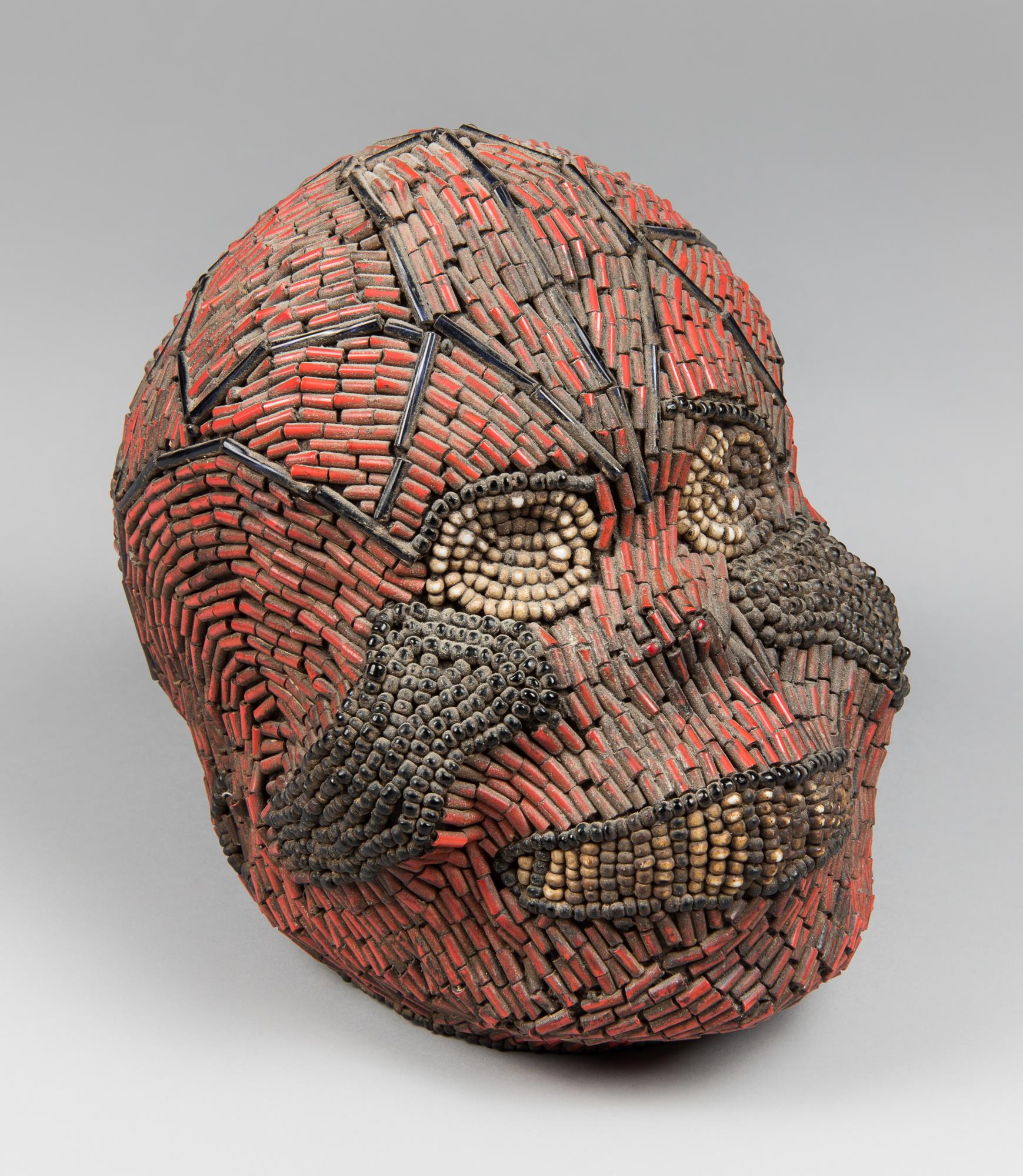395
AN EARLY 20TH CENTURY ATWONZEN BEADED HEAD, GRASSLAND PEOPLE, CAMEROON. Situated in the west and
The Curious Collector Sale
Auktionsdatum
Ort der Versteigerung
Für Swan Fine Art Versandinformtation bitte wählen Sie 01844 281777.
Wichtige Informationen
Lots purchased online with the-saleroom.com will attract an additional charge for this service in the sum of 5% of the hammer price plus VAT at the rate imposed
WE DO NOT ACCEPT ANY CREDIT CARDS. WE ACCEPT A MAXIMUM OF £1000 CASH.
Payment required within three days of the sale by bank transfer, cash or debit card with pin.
We do not accept debit cards over the telephone.
INTERNATIONAL BUYERS - please be aware that £15 should be added to your invoice total to cover international bank charges.
Failure to include this in your payment may delay release of your items.
AGB
Terms and Conditions
1. DESCRIPTIONS: Any representation in any catalogue as to the origin, date, age, attribution, genuineness or estimated selling price of any lot is a statement of opinion only. Any prospective buyer should satisfy themselves prior to the sale as to the reliability of the catalogue descriptions. All lots are sold as seen.
2. OWNERSHIP: The buyer shall be the bidder at the highest price at the fall of the hammer. Any dispute shall be settled at the auctioneer’s absolute discretion. Under no circumstances will a sale be cancelled after the fall of the hammer.
3. PREMIUM: The buyer shall pay to Swan Fine Art Auctions a premium on the hammer price of 21% + VAT (25.2% inclusive with VAT).
4. COLLECTION: Purchased lots can be collected from the auction room after the sale has ended or between 10am and 6pm on the day after the sale. Purchased lots not collected before 6pm on the day after the sale shall incur storage charges of £5.00per lot, per day or part thereof.
5. REPONSIBILITY: Purchased lots shall be at the buyer’s risk in all respects from the fall of the hammer, and neither Swan Fine Art Auctions nor their agents shall be responsible for any loss or damage of any kind, whether caused by negligence or otherwise.
6. PAYMENT:
All purchased lots must be paid for on the day of the auction. Commission bids & online purchases must be paid for on the day after the auction. Payment methods accepted are bank transfer cash or debit card with pin.
WE DO NOT ACCEPT ANY CREDIT CARDS. WE ACCEPT A MAXIMUM OF £1000 CASH.
We do not accept debit cards over the telephone (the card holder has to be present) and cheques must clear before goods are dispatched.
7. ELECTRICAL ITEMS: All electrical items are sold as seen Swan Fine Art Auctions offers no guarantee as to the working condition of such items.
8. COMMISSION BIDS: Commission bids shall be executed at the lowest possible price, subject to competing bids and reserves. Swan Fine Art Auctions cannot be liable for any failure or neglect to execute a commission bid. Although Swan Fine Art Auctions will endeavour to inform buyers by telephone, it is the buyer who is responsible for checking to see if he has been successful in purchasing something.
All purchased lots MUST be paid for on the day of the sale and collected not later than 6pm the following day.
Storage charges become applicable 48 hours after the sale.





